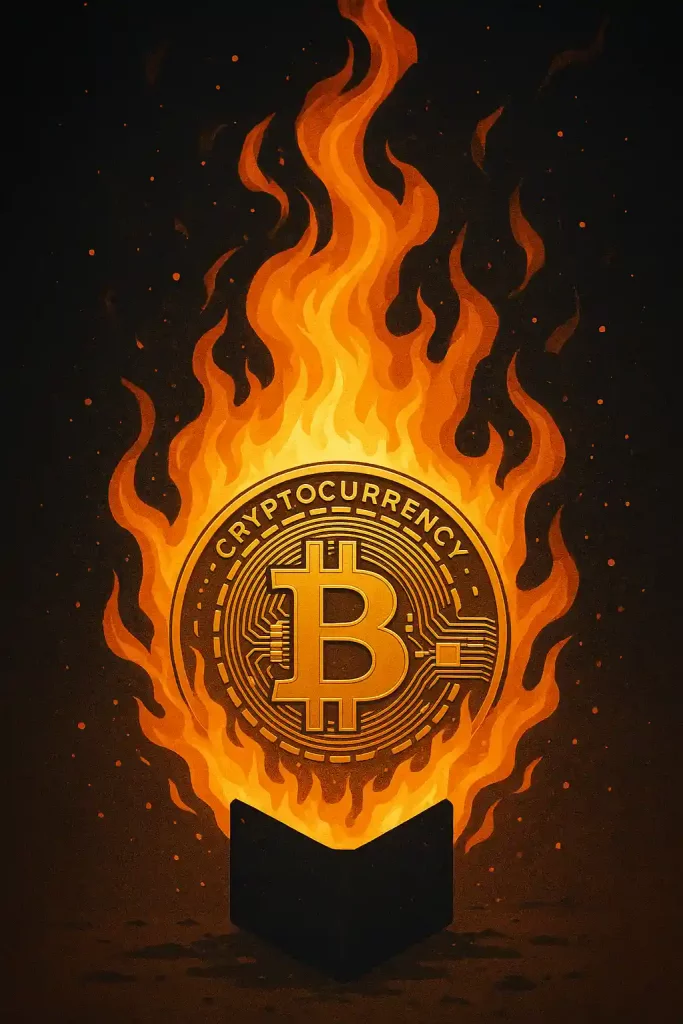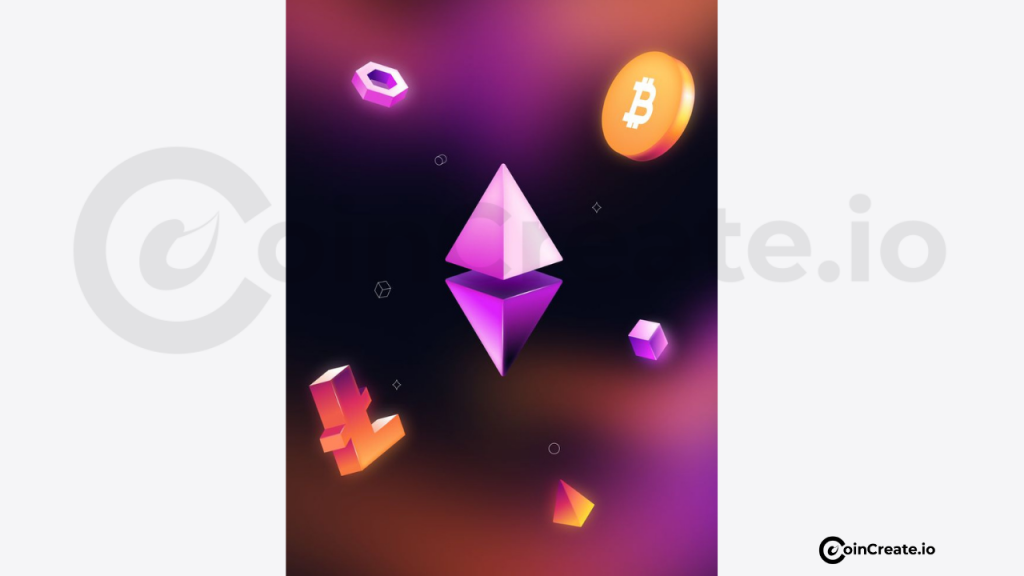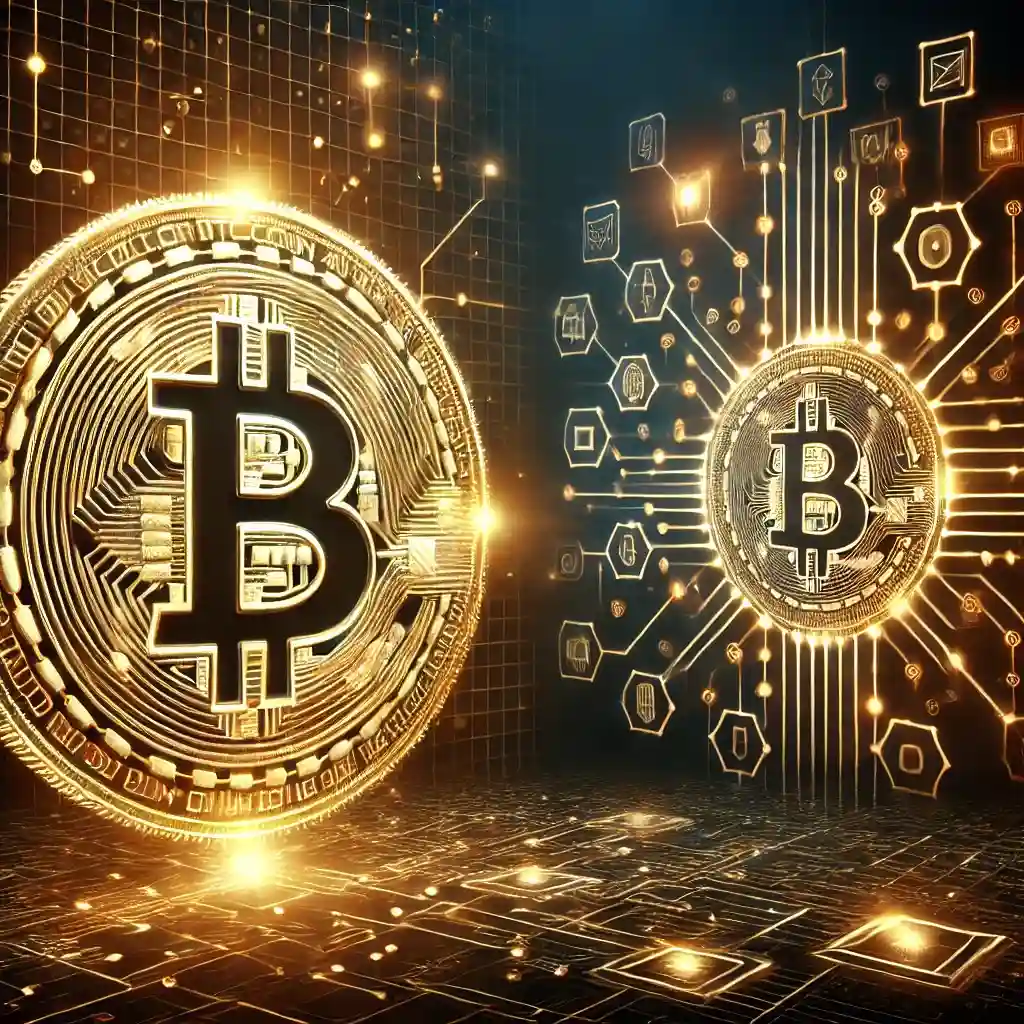Crypto Burning - How It Works and Why It Matters
Key Points
Burning crypto means: permanently removing tokens from circulation by sending them to an inaccessible wallet, often to increase scarcity.
It’s commonly used to manage token supply: potentially boost value, or signal project commitment, but price increases aren’t guaranteed.
You won’t lose your tokens unless you choose to burn them: project burns typically use reserve tokens.
Liquidity burning involves removing liquidity provider tokens from decentralized exchanges: affecting market dynamics.
You can burn your own tokens: but it’s irreversible and may have tax implications.

Understanding Crypto Burning
You’ve likely heard the term “burning” in the cryptocurrency world, but what does it mean to burn crypto? In essence, burning crypto involves permanently removing tokens from circulation by sending them to a special wallet address, known as a burn address, from which they cannot be retrieved. This process is akin to destroying physical currency, hence the term “burning.” The goal is often to reduce the total supply of tokens, which can influence their value or market dynamics.
The concept draws inspiration from traditional finance, where companies buy back shares to reduce supply and potentially boost share value. In crypto, projects like Binance, Ethereum, and Terra have adopted token burning as a core part of their tokenomics strategy. While the exact origin of the term “burning” is unclear, it has become a widely recognized practice since Binance began its quarterly burns of Binance Coin (BNB) in 2017. By understanding burning, you can better grasp how crypto projects manage their ecosystems and what it means for your investments.
How Does Burning Work?
To get a clear picture of crypto burning, you need to understand its technical mechanics. Here’s how it works, step by step.
What Is a Burn Wallet?
A burn wallet, also called a burn address or eater address, is a cryptocurrency wallet designed to be inaccessible. It lacks private keys, meaning no one can access or spend the tokens sent there. For example, on the Ethereum network, the address 0x0000000000000000000000000000000000000000 is commonly used as a burn address. Once tokens are sent to this address, they are permanently removed from circulation, as the blockchain records the transaction transparently.
The Technical Process
When you or a project burns tokens, the process involves initiating a transaction on the blockchain to transfer tokens to the burn address. This transaction is verified and recorded like any other, ensuring transparency. Smart contracts often automate burns, especially in projects like Ethereum, where the EIP-1559 upgrade burns a portion of transaction fees to reduce supply. The irreversibility of the process is key: once tokens are burned, they’re gone forever.
Proof of Burn (PoB)
Why Do People Burn Crypto?
You might wonder why anyone would destroy valuable tokens. Crypto projects and individuals burn tokens for several strategic reasons:
Managing Inflation: By reducing the circulating supply, projects can control inflation, especially for tokens with large initial supplies. This helps maintain long-term value.
Increasing Scarcity: Burning creates scarcity, which can drive demand and potentially increase token prices, similar to how limited supply boosts value in traditional markets.
Building Investor Confidence: Regular burns, like Binance’s quarterly BNB burns, signal a project’s commitment to its roadmap, reassuring investors and boosting trust.
Stabilizing Prices: Stablecoins, like USDT or USDC, use burning to maintain their peg to assets like the U.S. dollar by balancing supply with demand.
Consensus Mechanisms: In PoB systems, burning is integral to securing the network and validating transactions.
Tax or Strategic Purposes: In rare cases, burning may serve tax strategies or correct tokenomic errors, though this is less common.
For example, Binance burns millions of dollars’ worth of BNB quarterly, aiming to reduce its total supply by 50%. Similarly, Ethereum’s EIP-1559 burns transaction fees, with over $10 billion in ETH burned since 2021.
Risks, Myths, and Impact
Burning crypto comes with potential benefits, but it also raises questions and misconceptions. Let’s address the key points.
Does Burning Crypto Increase Value?
The primary goal of burning is to reduce supply, which, in theory, increases scarcity and drives up value if demand remains steady or grows. However, research suggests there’s no guaranteed price increase. Market sentiment, project developments, and broader economic factors heavily influence outcomes. For instance, Investopedia notes no conclusive evidence that burning automatically boosts prices. In some cases, burns may lead to short-term price volatility due to speculation, as seen with Shiba Inu’s 410 trillion token burn in 2024.
Will You Lose Your Crypto If They Burn?
You won’t lose your tokens when a project burns its own supply unless you actively participate in the burn. Projects typically burn tokens from their reserves or unallocated pools, not from your personal wallet. For example, when Binance burns BNB, it uses tokens from its own holdings, ensuring your assets remain safe.
What Does Liquidity Burned Mean?
Liquidity burning involves removing liquidity provider (LP) tokens from decentralized exchange (DEX) pools, like those on Uniswap. When you add liquidity to a DEX, you receive LP tokens representing your share of the pool. Burning these tokens by sending them to a burn address permanently removes that liquidity, potentially increasing the value of remaining LP tokens or adjusting market dynamics. For instance, MakerDAO’s Smart Burn Engine burns MKR tokens paired with DAI to manage surplus.
Risks and Misconceptions
Burning isn’t without risks. Over-burning can reduce liquidity, making tokens harder to trade, as noted by BlockSurvey. Speculation around burn announcements can cause price volatility, and small-scale burns may have negligible impact, especially for tokens with large supplies. A common myth is that burning guarantees price increases, but market dynamics are complex. Another misconception is that you’ll lose your tokens; as clarified, your holdings are unaffected unless you burn them yourself.
Can You Burn Your Own Crypto?
Steps to Burn Tokens
- Identify the Burn Address: Find the official burn address for the token, often provided by the project, or use a standard address like 0x0000000000000000000000000000000000000000 for Ethereum-based tokens.
- Transfer Tokens: Use your crypto wallet to send the desired amount to the burn address.
- Confirm the Transaction: Once the blockchain confirms the transaction, the tokens are permanently removed.
Considerations and Risks
- Irreversibility: Burning is permanent, so double-check the address and amount. Sending tokens to the wrong address could result in loss without burning.
- Tax Implications: In some jurisdictions, burning tokens may be treated as a disposal of assets, potentially triggering tax liabilities. Consult a tax professional to understand local regulations.
- Project Rules: Some projects restrict individual burns or have specific protocols. Check the project’s documentation to avoid errors.
Conclusion
Burning crypto is a powerful tool used by projects to manage token supply, enhance scarcity, and build investor trust. While it can influence value, price increases aren’t guaranteed due to complex market dynamics. As an investor, you won’t lose your tokens unless you choose to burn them, and liquidity burning affects DEX pools, not your personal holdings. If you decide to burn your own tokens, proceed cautiously, ensuring you understand the irreversible nature and potential tax implications. By grasping the mechanics and motivations behind crypto burning, you can better navigate the crypto market and make informed decisions.

